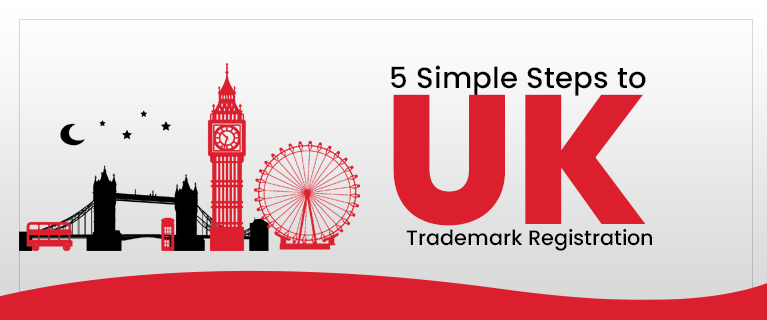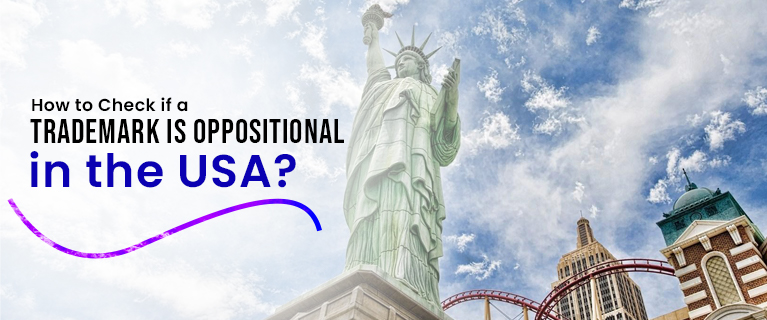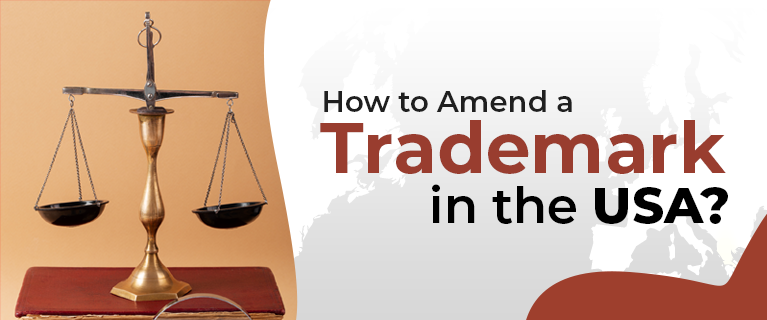How to Attain Well-Known Trademark Status in the USA?

In the vast and competitive landscape of business, achieving well-known trademark status in the United States can be a game-changer. A well-known trademark not only signifies brand recognition but also bestows a host of legal protections and commercial advantages. From enhancing brand value to deterring potential infringements, the benefits are manifold. However, obtaining this coveted status requires strategic planning, meticulous execution, and a deep understanding of the nuances of trademark law in the USA. In this comprehensive guide, we will explore the steps and strategies involved in obtaining well-known trademark status in the USA , with a particular focus on the crucial role of Trademark Search in the USA. Understanding Well-Known Trademarks: Before delving into the process, it's essential to grasp the concept of well-known trademarks. In the USA, a well-known trademark is one that enjoys a high level of recognition and reputation among consumers, transcending geograph...








